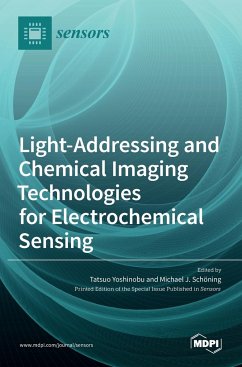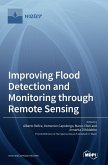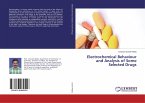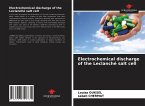Visualizing chemical components in a specimen is an essential technology in many branches of science and practical applications. This book deals with electrochemical imaging techniques based on semiconductor devices with capability of spatially resolved sensing. Two types of such sensing devices have been extensively studied and applied in various fields, i.e., arrayed sensors and light-addressed sensors. An ion-sensitive field-effect transistor (ISFET) array and a charge-coupled device (CCD) ion image sensor are examples of arrayed sensors. They take advantage of semiconductor microfabrication technology to integrate a large number of sensing elements on a single chip, each representing a pixel to form a chemical image. A light-addressable potentiometric sensor (LAPS), on the other hand, has no pixel structure. A chemical image is obtained by raster-scanning the sensor plate with a light beam, which can flexibly define the position and size of a pixel. This light-addressing approach is further applied in other LAPS-inspired methods. Scanning photo-induced impedance microscopy (SPIM) realized impedance mapping and light-addressable electrodes/light-activated electrochemistry (LAE) realized local activation of Faradaic processes. This book includes eight articles on state-of-the-art technologies of light-addressing/chemical imaging devices and their application to biology and materials science.
Hinweis: Dieser Artikel kann nur an eine deutsche Lieferadresse ausgeliefert werden.
Hinweis: Dieser Artikel kann nur an eine deutsche Lieferadresse ausgeliefert werden.








